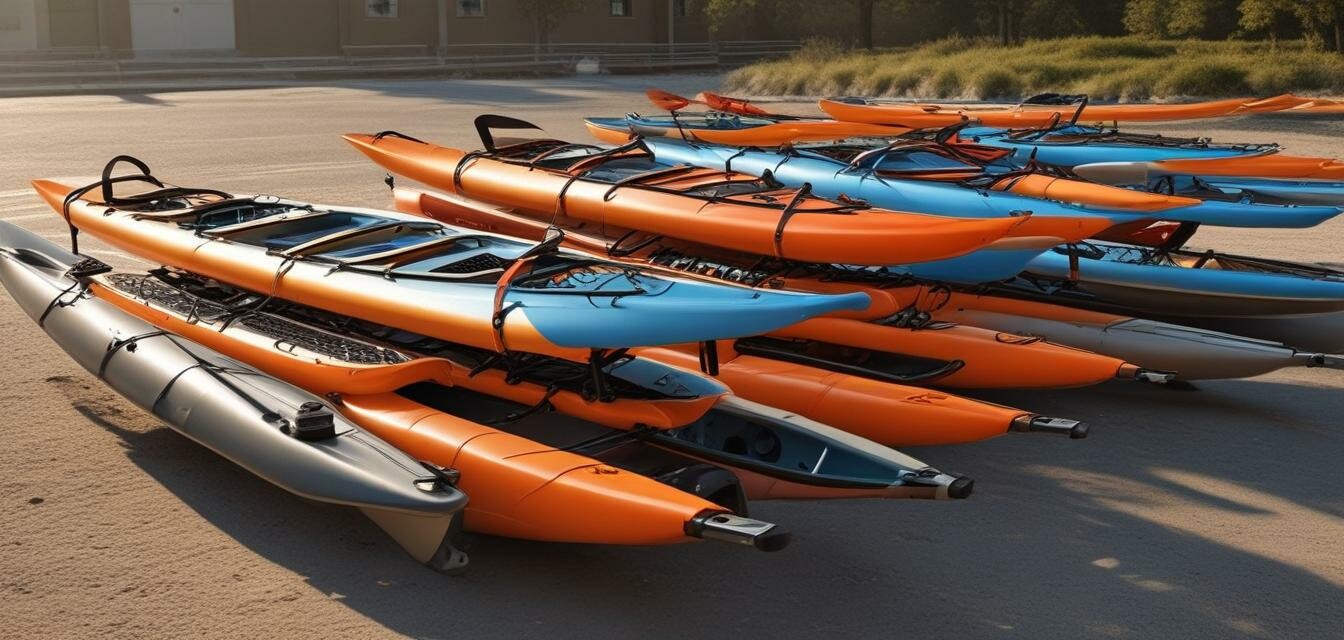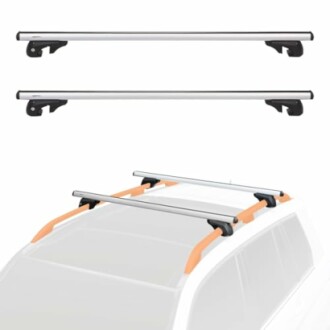
How to Choose the Right Kayak Rack for Your Vehicle
Key Takeaways
- Consider your vehicle type and roof compatibility.
- Identify the kayak's weight and dimensions for load capacity.
- Look for racks with easy installation and anti-theft features.
- Evaluate the materials for durability and weather resistance.
- Determine if you need additional accessories for transport.
Choosing the right kayak rack for your vehicle is essential to ensuring that your kayaking adventures are safe, efficient, and enjoyable. With a myriad of options available, understanding your vehicle type, weight capacity, and the kind of kayaking you plan to do is crucial. This guide will explore the key factors to consider when selecting a kayak rack suited to your needs.
Understanding Different Types of Kayak Racks
There are several types of kayak racks in the market, each designed to fit various vehicles and needs. Here are the most common types:
- Roof Racks: Ideal for cars and SUVs, they sit on top of your vehicle.
- Hitch Racks: Suitable for vehicles with a hitch receiver, offering more stability.
- J-Cradle Racks: These cradles hold your kayak in a J-shape for easy loading and unloading.
- Stacker Racks: Allow for multiple kayaks to be stacked, saving space.
Key Considerations When Choosing a Kayak Rack
Here are the major factors to consider when selecting a kayak rack:
1. Vehicle Compatibility
Your vehicle's design plays a significant role in the type of kayak rack you can use. Ensure that:
- Check for roof width and height; measurements should fit with the rack specs.
- Confirm the load capacity of your vehicle's roof if opting for a roof mount.
- Review any restrictions from your vehicle manufacturer regarding aftermarket accessories.
2. Kayak Dimensions and Weight
A kayak's weight and dimensions will determine the load capacity required from a kayak rack. Here’s how to evaluate:
| Kayak Type | Typical Weight | Recommended Rack Capacity |
|---|---|---|
| Sit-On-Top | 40-70 lbs | Up to 100 lbs |
| Recreational | 30-50 lbs | Up to 75 lbs |
| Touring | 40-80 lbs | Up to 100 lbs |
3. Rack Features
Different features can enhance your kayaking experience:
- Easy Installation: Look for racks that are simple to mount and dismount.
- Durability: Choose racks made from materials like steel or aluminum that can withstand weather conditions.
- Anti-Theft: Options with locking mechanisms provide added security.
- Padded Cradles: Protect your kayak from scratches during transport.
Recommended Kayak Rack
Amazon Basics Cross Bar Roof Rack
A strong, durable, and versatile roof rack designed to support your kayak, snowboard, bike, and luggage.
Learn MoreInstallation Tips for Your Kayak Rack
Quick Installation Tips
- Follow the manufacturer's instructions for mounting.
- Ensure all components are tightly secured before driving.
- Check compatibility with your kayak before loading.
- Periodically inspect your rack for wear and tear.
Conclusion
Selecting the right kayak rack is a straightforward process if you know what to look for. Understanding your vehicle's compatibility, evaluating the dimensions and weight of your kayak, and selecting a rack with the right features can significantly enhance your kayaking experience. Whether you are new to kayaking or are an experienced paddler, investing time in choosing the right rack will ensure that your adventures are safe, enjoyable, and hassle-free.
Pros
- Enhanced versatility for transporting your kayak.
- Ensures safety while driving with secure attachment systems.
- Improves vehicle storage and space management.
Cons
- Some racks may require permanent installation.
- Possibility of increased wind noise during driving.
- Additional cost of additional accessories may apply.
Further Resources
For more information on choosing the right gear, visit our in-depth guides:
Explore our Buying Guides
For more expert advice on purchasing outdoor gear, visit our Buying Guides section.

